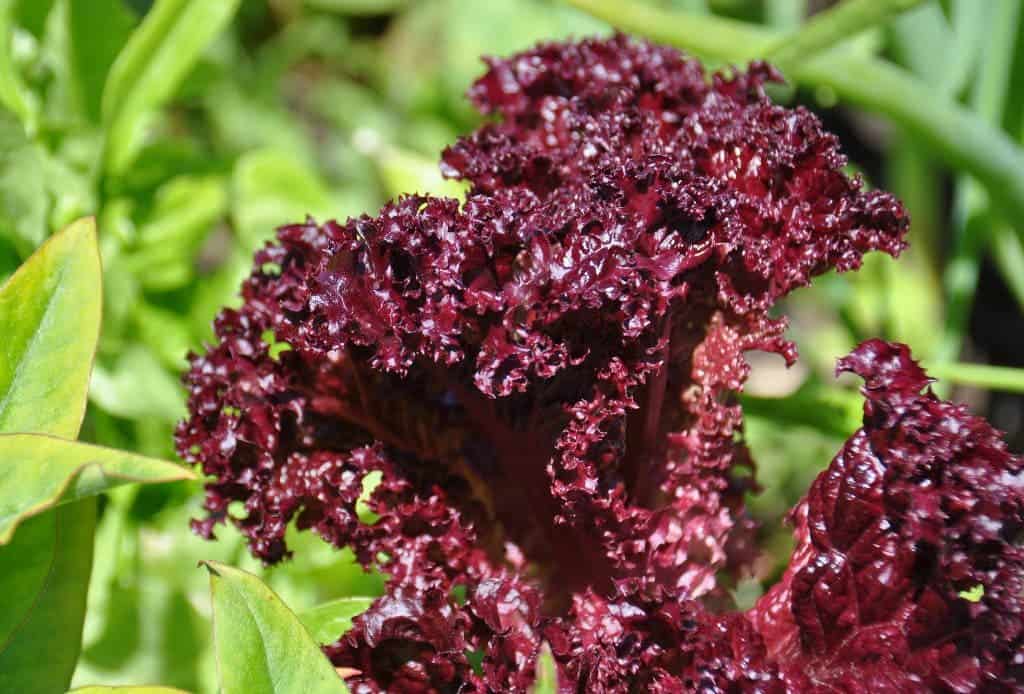Greenhouse farming could soon become much more climate-friendly thanks to the use of solar cells to obtain electricity to regulate temperature. A new study found that greenhouses equipped with renewable energy can generate clean electricity without affecting the growth or health of the plants inside, opening the way for a new type of greenhouse.

A greenhouse provides an enclosed environment that allows for crop production. Greenhouses are not only more reliable than outdoor crops, but they can also offer more growth cycles per year. The protective environment – through a transparent envelope – drastically increases yield while lowering water consumption and pesticide use as compared to conventional farming.
The insolation leads to significant space heating that can be beneficial in cold weather but can result in overheating in warm weather. While the sunlight can support space heating in cold weather, the glazing of the greenhouse has poor thermal insulation, resulting in the greenhouse often requiring heating beyond what the sun can provide.
Hence, the need for energy in a greenhouse.
To lower the energy footprint of greenhouses, both farmers and researchers have been increasingly looking at ways to integrate solar cells into the greenhouse structure. The problem is that solar panels and plants are vying for the same resource: solar light. Many thought that with the light being captured by the solar cells to generate power, there simply wouldn’t be enough left for crop production. But there’s a way around it.
Semitransparent organic solar cells (ST-OSCs) have been of particular interest as they have absorption characteristics that can be tuned to complement the spectral light needs of the plant. While studies have shown the cells can be a beneficial source of power, nobody had asked the plants yet how they can be affected.
Researchers from North Carolina State University decided to address this, looking at the use of ST-OSCs in a model greenhouse in the US and their effects on crops. This solar technology is more flexible than others and the wavelengths of light they harvest can be adjusted, making them perfect – in theory, at least – for embedding into greenhouse roofs.
For the study, they grew groups of red leaf lettuce (Lactuca sativa) in greenhouses for 30 days. All were exposed to the same growing conditions and the only difference was light. A control group received regular white light and three experimental groups grew under light passed through filters, so to mimic wavelengths that would be blocked by the solar cells.
The researchers then monitored several indicators of the health of the plants, including their weight, number and size of leaves, level of antioxidants, and how much CO2 they absorbed. To their surprise, the lettuces grew just fine no matter the type of light they received, with no major difference seen in any measurement. This is very good news for the solar panels.
The study also showed that the organic solar cells contribute to reducing overheating in the greenhouse. For a greenhouse in Sacramento, California, the number of hours that the greenhouse overheats can be reduced from 280 to 82 hours. While this does not have a large impact on energy demand, it is expected to improve crop production, the researchers argued.
“We were a little surprised – there was no real reduction in plant growth or health,” plant biologist Heike Sederoff from North Carolina State University and co-author of the research told Futirity. “It means the idea of integrating transparent solar cells into greenhouses can be done.”
In a study published earlier this year, the same researchers found that the use of ST-OSCs could reduce the carbon footprint of greenhouses by powering the structures in warm and moderate climates. Semi-transparent cells on greenhouse roofs act as insulators as they reflect infrared light, helping keep the greenhouse warmer in winter and cooler in summer, they argued.
The study was published in the journal Cell.






